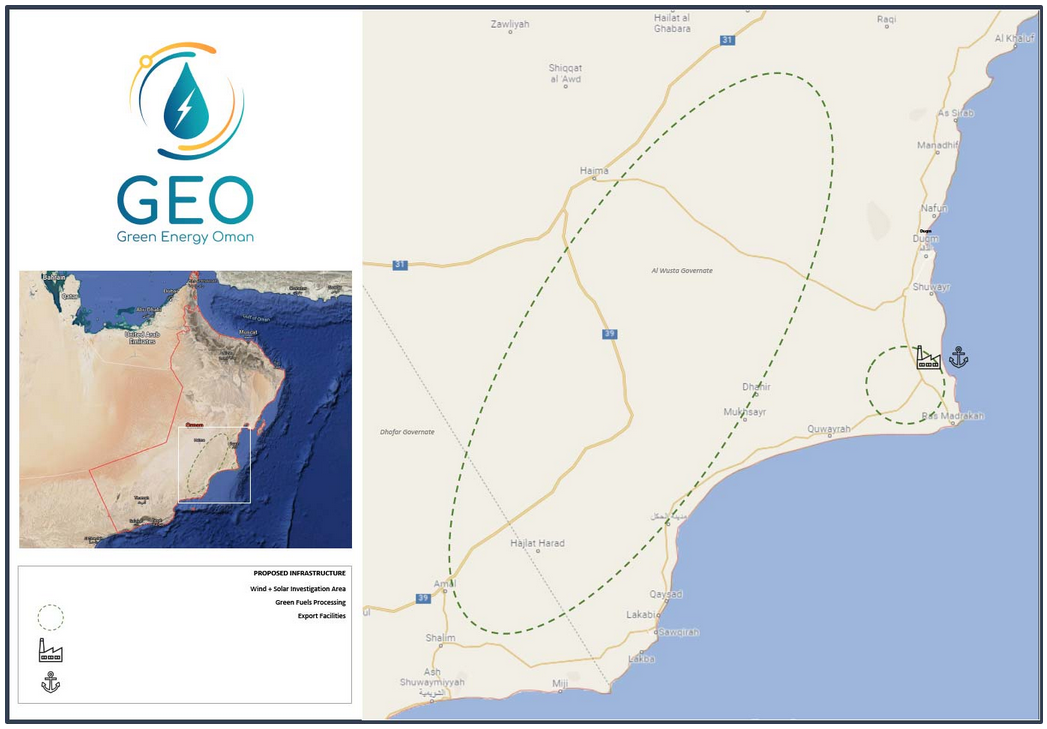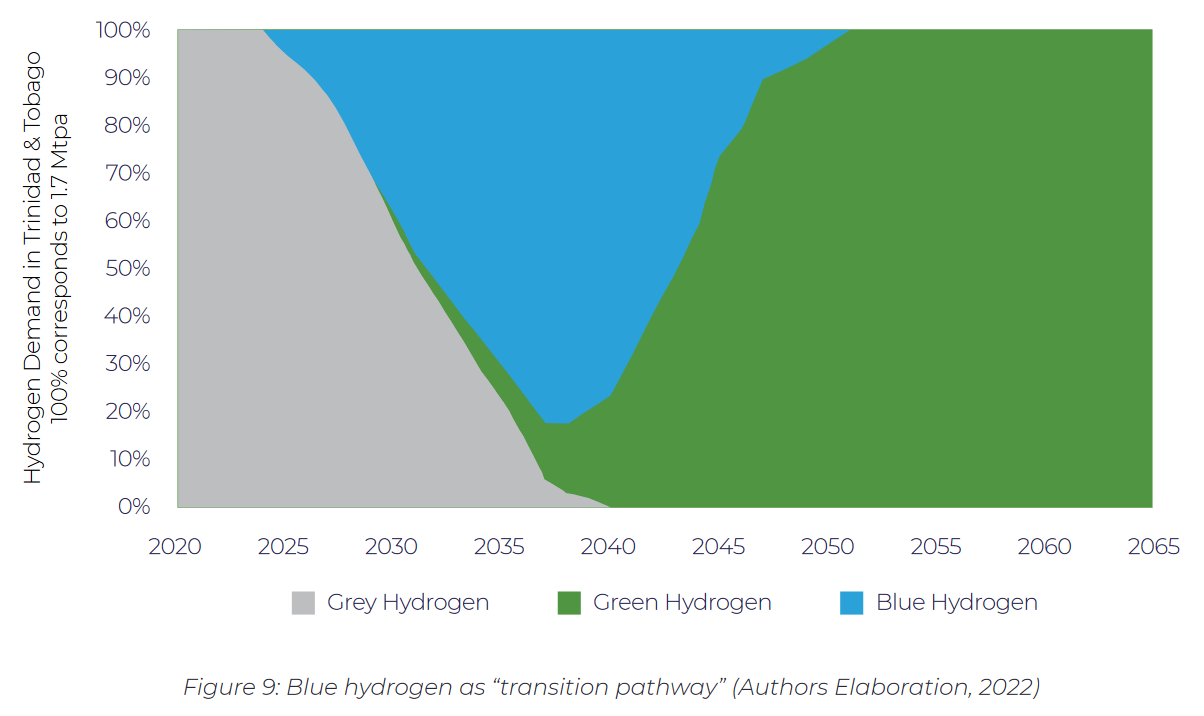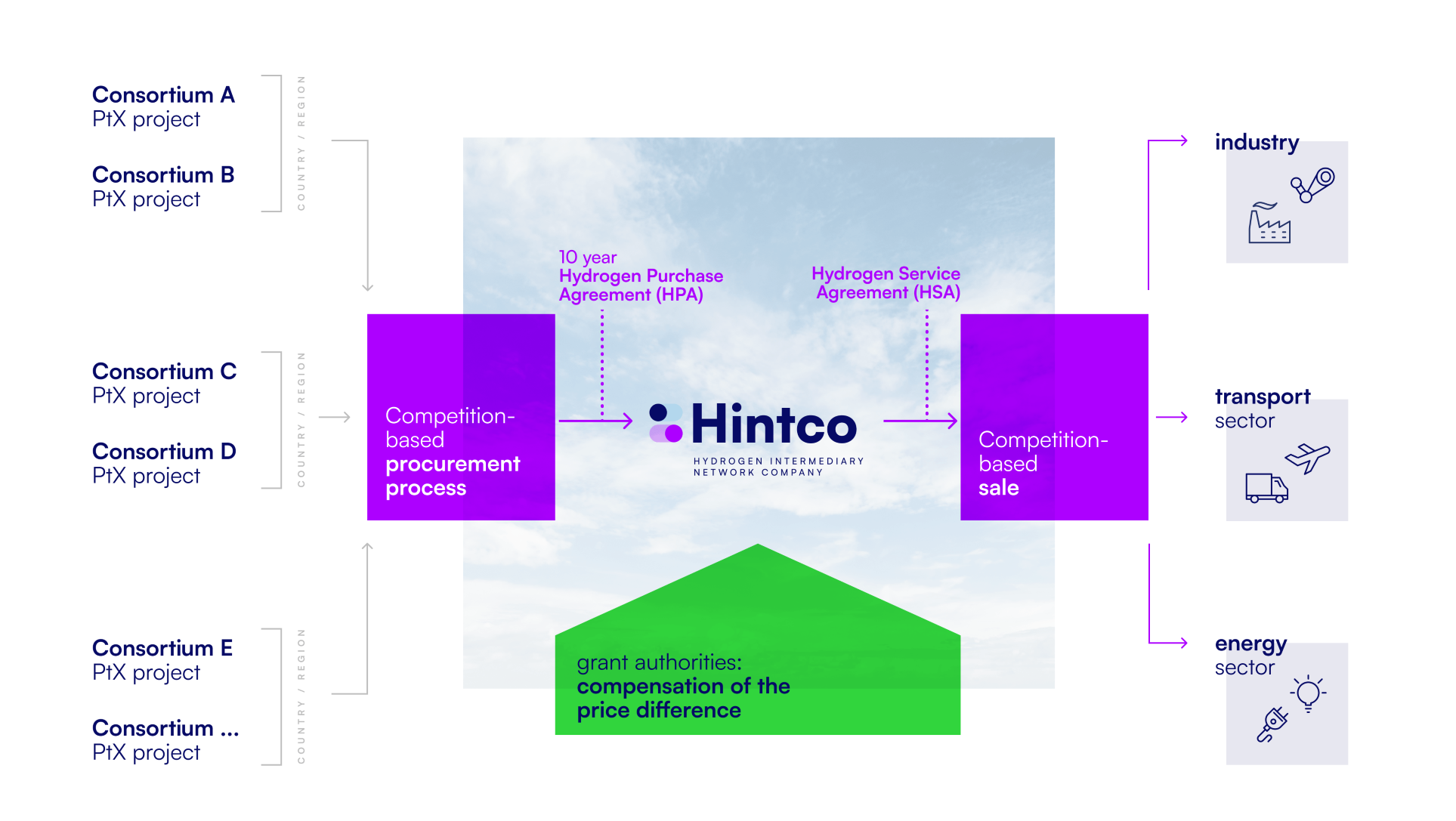ACWA Power brings renewable ammonia to Uzbekistan
ACWA Power and the Uzbek government will jointly develop a pilot-scale renewable hydrogen facility, which is to be integrated with an existing ammonia & fertilizer plant outside the country’s capital Tashkent. The pair will also explore the feasibility of a 500,000 tonnes per year renewable ammonia facility in the Central Asian country.









